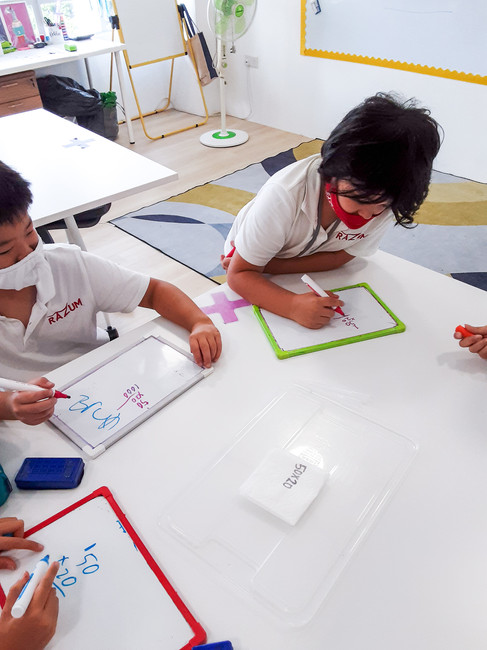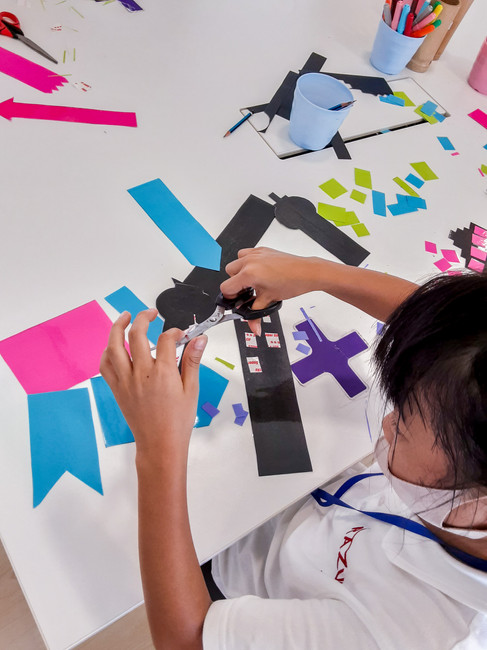Magic Multiplication in STEM Classes
- Rekha Balakrishnan

- Feb 23, 2022
- 2 min read
For some children, mastering multiplication might be a difficult endeavor.
As a result, it is critical that teachers and parents create the framework for our children’s development. At Astor international school, we use hands-on activities to help students retain knowledge and stimulate growth on both sides of the brain.
Capturing and maintaining students' attention is difficult in any topic or subject area, and math is no exception. Employing games or hands-on activities, such as the examples below, is a great learning tool to captivate a student's attention. Using dice to teach multiplication facts gives pupils a fantastic opportunity to learn multiplication via play.
1. Array Cities
Array cities are not only visually appealing, but they also serve as an interactive classroom presentation. Students cut out the outline of a high-rise structure, and then arrange and glue the windows to make an array for a specified multiplication number statement.
Arrays are my favourite type of multiplication activity; because they bridge the gap between repetitive addition and multiplication. They unpack the concept, are quick and simple to construct, and allow students to be creative!

2. Magic Multiplication
A quick and simple mathematical activity that can be conducted, using only markers and paper towels! When you add water (magic potion), the answers reveal miraculously! - "Multiplication Magic"
The greatest approach to practice multiplication is through repetition, yet performing the same sum over and over can get tedious for children. When students are bored, they lose focus, our the task is to come up with new and engaging approaches to solve multiplication problems for students.
3. Roll and multiply
Students roll a single die to determine who goes first. The student with the highest number rolls first. The student multiplies the results of two dice rolls. That student writes down the question and the answer. The problem is reviewed by their partner. The student who rolled the dice earns a tally mark if the answer is correct. Then, the students trade roles. The winner is the first student to reach the pre-set number of tally marks.












Comments